Issue-probing art from Chicago gallery comes to Michigan City. Q&A with the curator
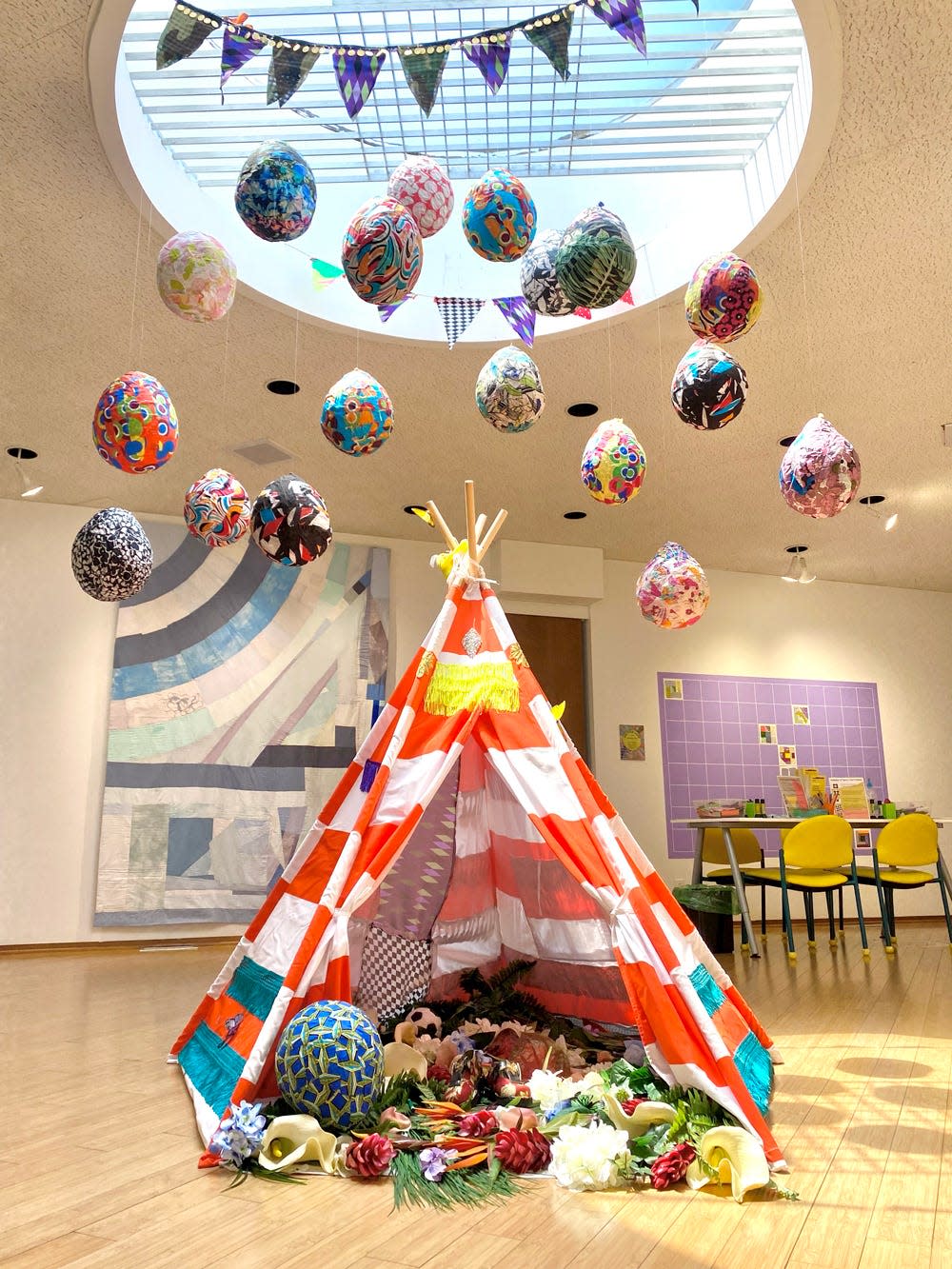
- Oops!Something went wrong.Please try again later.
Monique Meloche has exhibited artists of color in her gallery in Chicago’s West Loop since she opened it some 20 years ago. They come from across the U.S. and the world. And they don’t take a soft look at the world.
Meloche has now filled the Lubeznik Center for the Arts in Michigan City with her artists’ work. She took some time to talk with The Tribune about the exhibit, “moniquemeloche presents…,” that opened in June and runs through Oct. 21.
She spoke about a few of the artists in this exhibit, which she curated herself, and how they cleverly nudge our view of issues.
Lora Fosberg, the Lubeznik’s director of exhibitions, explains, “Not only is Monique Meloche one of the best galleries in the Midwest, but some of the artists in the show are world renowned and can be seen in some of the most important museums and galleries in the world.”
This is part of the Lubeznik’s effort to embrace more diverse artists, following on the tails of its prior exhibit, “LatinXAmerican.”
March 2022: Got Latinx art? DePaul and Lubeznik in Michigan City make up for 'abysmal' lack.
Artists here include Sanford Biggers, Layo Bright, Dan Gunn, Sheree Hovsepian, Rashid Johnson, Kajahl, Ben Murray, Ebony G. Patterson, Karen Reimer, Jake Troyli and Nate Young.
Q: You say you’re exhibiting at the Lubeznik partly because you’ve had connections to it, including a long-time working relationship with Fosberg, who often works with Chicago artists. Is this your first show at the Lubeznik?
This is my first time to take over the whole space. They have given me all three galleries to exhibit artists that we’ve represented over the 20 years. Some are from our galleries. Some are special loans from clients. The majority of the works are recent.
Q: As you do in your Chicago gallery, it sounds like you were mindful about how art filled a particular space. You mention a project room upstairs that proved to have the “perfect dimensions” to exhibit the works of Jamaican artist Ebony G. Patterson. Patterson's work includes “the of 72 project,” which is a combination of digital images, bandanas and other things that reflect on a 2010 armed conflict in Jamaica between a drug cartel and the country’s military and police, in which 73 civilians were killed (72 of them were male).
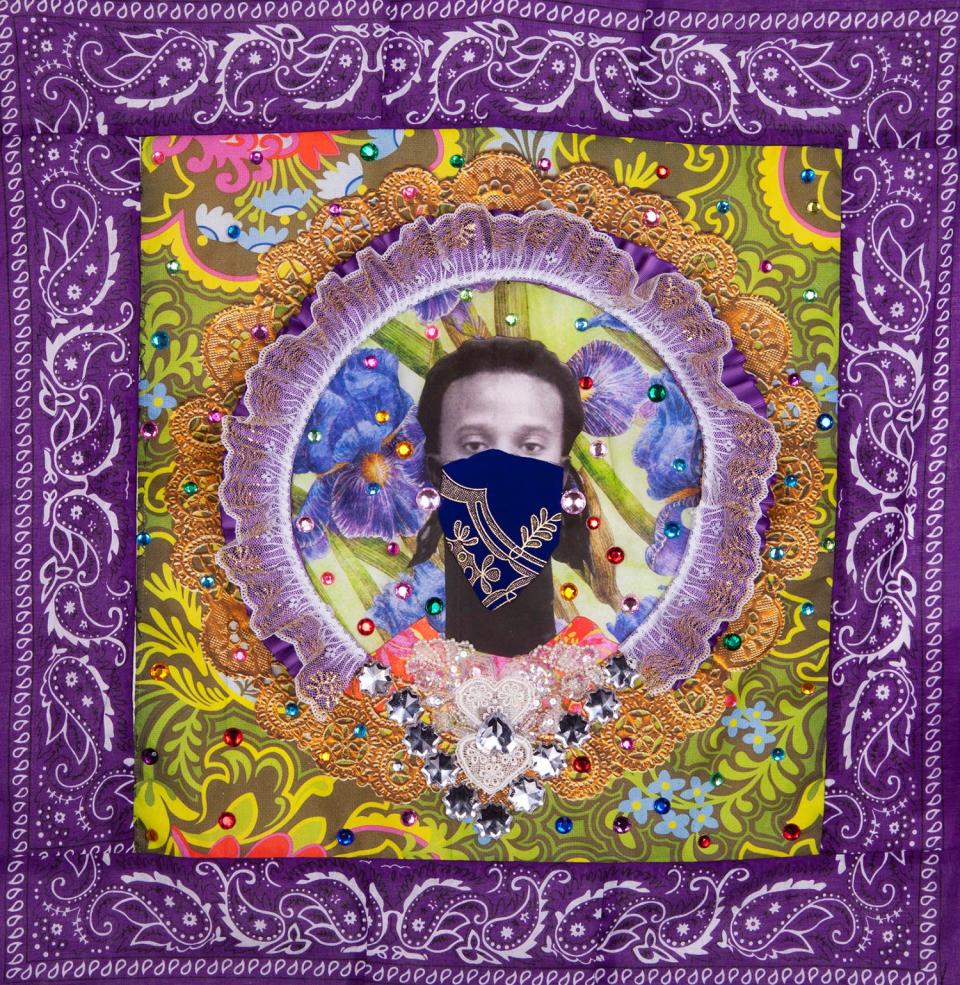
Once you see it, you’ll think it’s made specifically for the room. … I didn’t want to put up just any artist. I wanted to curate it with the architectural integrity in mind. I am very happy with the installation.
Q: After 20 years of showing diverse artists, are there any new insights that you still gain from them?
There are so many different voices. What I find the most interesting is that all these diverse voices are tackling the same issues. And the one voice that is not tackling them is the white mainstream voice.
Q: You mention how these issues range from white colonialism in Jamaica to racism in the United States.
Everyone comes at it with their own voice. I have worked with Vietnamese and Filipinos, but all of them can be read globally. You don’t have to be Filipino. The world is opening up to that image. It’s the history of the art world globally, and all of their voices are shared concerns. They’re just coming at it from different perspectives.
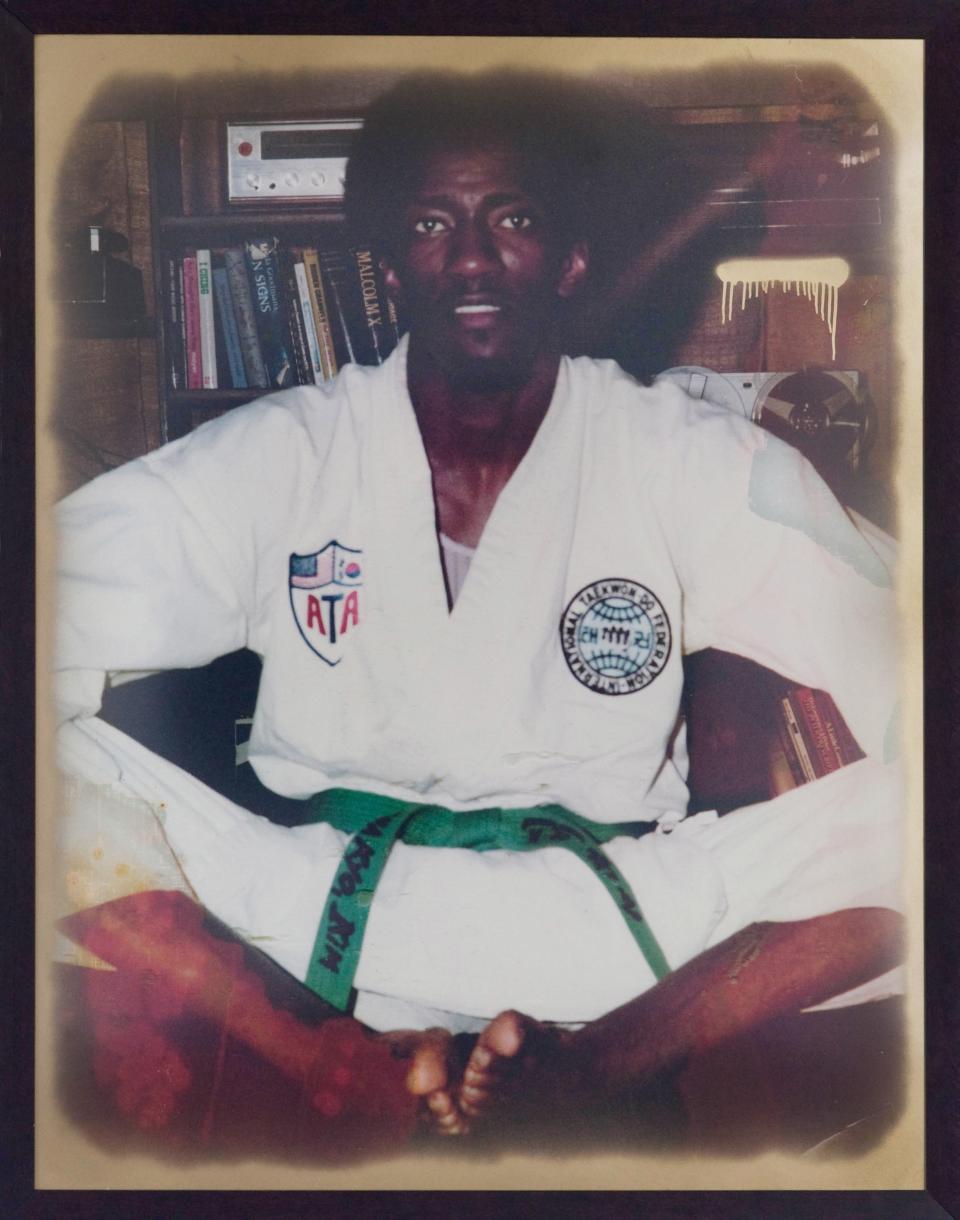
Q: Speaking of artists in the exhibit, tell me about Rashid Johnson.
We started working with him when he was 21. He’s born and raised in Chicago. … He came to me when I was opening the gallery and said, “I want you to represent me.” I said, "You need to get your MFA." He studied photography. He came back. … He’s gone on to become a worldwide superhero.
Q: You describe one of Johnson’s pieces, where he took a photo of his father, blew it up and made a series of them, embellished with paint.
He’s a very conceptual artist who works in many mediums. … It’s a self portrait as well as a portrait of his own art making history. … It’s (the photo of his father) kind of like a stand-in for Rashid. … His work is never-endingly complex. At first, you think it’s just about a portrait. Then you realize a lot more is going on.
Q: Tell me about New York artist Sanford Biggers' work in the exhibit.
For the past dozen years, he’s been investigating the history of quilts in relation to the Underground Railroad. There are narratives that there were secret messages embedded in the quilts to indicate whether there was safe passage. There’s a lot of debate over whether that happened. So he’s been repurposing quilts from the pre-emancipation era. … He manipulates them (cuts them up, then patches them into new quilts and art). He puts his own hand into his own works. Some traditionalists may be like, “How dare you desecrate one of these quilts?” But he sees himself as in line with his ancestors. He’d gotten a whole collection of quilts that were moth eaten, so that gave him the encouragement to go ahead with it. There’s an Afro-Asiatic quality to his work because he spent two years in Japan. … Sanford just had a major survey of all his quilt works that just closed in Louisville (Speed Art Museum). It’s been to the Bronx (Museum of the Arts in New York) and Los Angeles (California African American Museum), and there’s a big book (“Sanford Biggers: Codeswitch”).
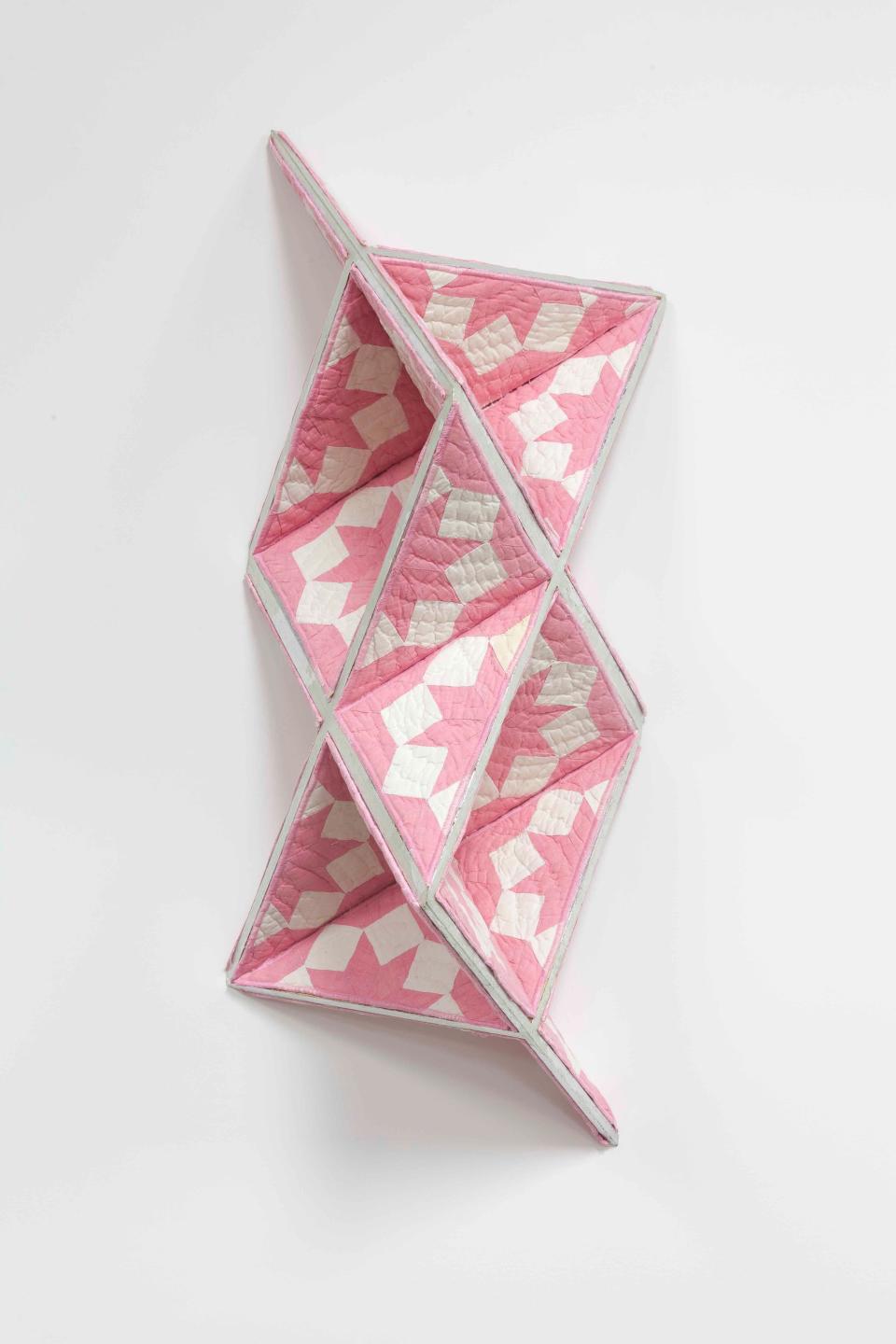
Q: The narrative about the quilts sounds, in a way, like the songs with coded messages that escaping slaves sang to alert each other along the Underground Railroad. In Zimbabwe, coded songs had also been used in its war for Black independence.
His traveling series of quilts is called “Codex." (The museum exhibits were titled “Codeswitch.”)
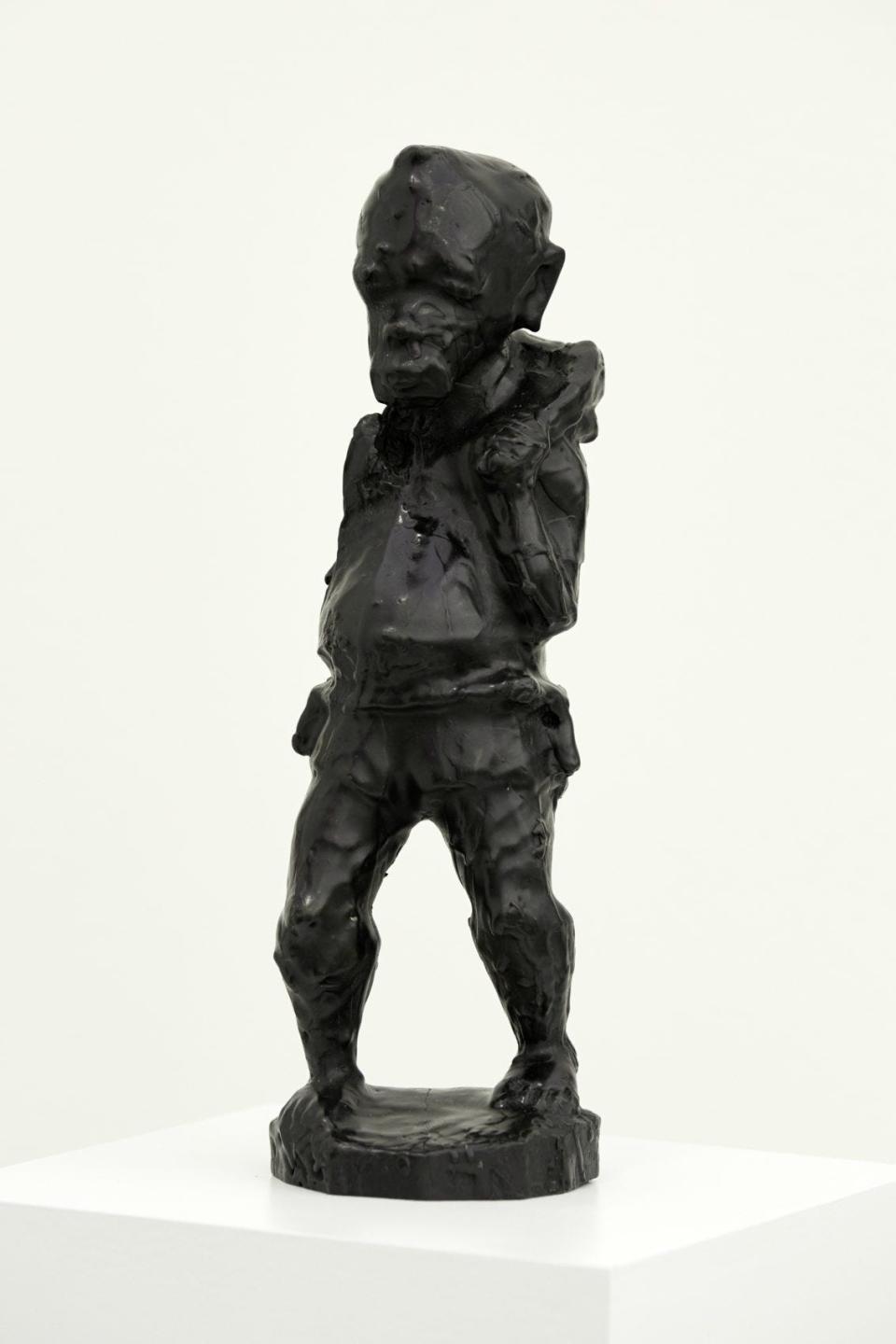
Q: Biggers also has a unique take on victims of police violence, titled “Bam.”
He had a collection of small statues and took them to a shooting range and had someone ballistically sculpt them (just so they were maimed). He had them filmed in high-def. And then had them bronzed. He names every one of them for an actual victim. (In the exhibit) the video clip is in slow motion, and you hear the gunshot. This is a very serious body of work he did.
Q: Sounds like some deep, difficult issues.
I was very happy they gave me the latitude to go there. The artists are dealing with some very serious issues of racism and colonialism. It’s not a walk in the park — what we are showing in our gallery.
On exhibit
• What: “moniquemeloche presents…”
• Where: Lubeznik Center for the Arts, 101 W. 2nd St., Michigan City
• When: Through Oct. 21
• Hours: 11 a.m. to 4 p.m. CDT Saturdays and Sundays and 10 a.m. to 5 p.m. CDT Mondays, Wednesdays, Thursdays and Fridays.
• Family Day: Free tours, snacks and art making from 1 to 3 p.m. CDT Oct. 15.
• Tours: Free gallery tours are available for small groups and organizations in English and Spanish. To schedule a docent-led tour, contact Janet Bloch at jbloch@lubeznikcenter.org. For children's tours, contact Nelsy Marcano at nmarcano@lubeznikcenter.org.
• COVID protocol: Masks are optional
• Admission: Free
• For more information: Call 219-874-4900 or visit lubeznikcenter.org.
This article originally appeared on South Bend Tribune: Lubeznik in Michigan City hosts Meloche and diverse Chicago artists

